Creating An Eco-Friendly Pool Environment: From Solar Heating To Rainwater Collection
In a world increasingly aware of environmental issues, every small step towards sustainability counts. From recycling household waste to using energy-efficient appliances, eco-friendly practices have become part of our daily routine. But have you considered how these principles can be applied to your pool maintenance? Creating an eco-friendly pool environment is not only beneficial for the planet but also offers significant cost savings. In this blog post, we will explore various strategies, including solar heating and rainwater collection, to help you transform your pool into an eco-friendly oasis.
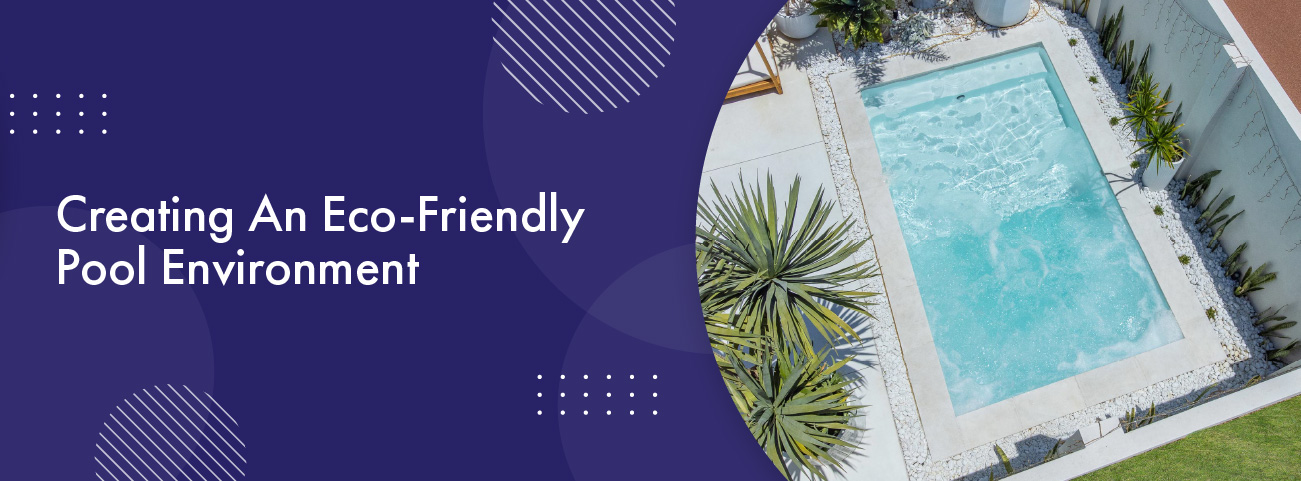
Eco-Friendly Pool Design
Minimise Energy Consumption and Chemical Use
Designing a pool that is both energy-efficient and environmentally friendly starts with careful planning. Opt for a smaller pool size to reduce the amount of water and energy needed to maintain it. Incorporate natural shading, such as trees or pergolas, to reduce the need for artificial cooling. Using a pool cover can greatly minimise evaporation and retain heat, reducing the need for additional heating. Additionally, consider using a pool pump with variable speed settings to optimise energy consumption.
Sustainable Materials in Pool Construction
Choosing sustainable materials for pool construction is another crucial step. Opt for recycled or eco-friendly materials such as glass tiles, which are not only durable but also add aesthetic value. Natural stone and sustainably sourced wood are excellent choices for decking and surrounding areas. Another innovative option is using concrete alternatives like hempcrete or recycled plastic composites. These materials offer durability and are less harmful to the environment compared to traditional concrete.
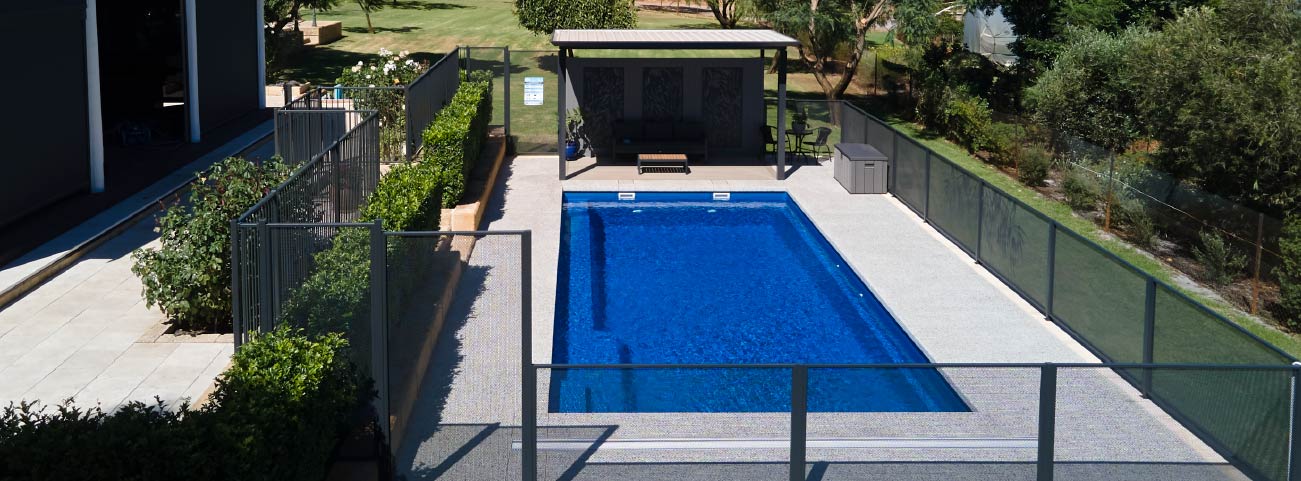
Solar Heating for Pools
How Solar Heating Works and Its Benefits
Solar heating systems use solar panels to collect and convert sunlight into heat, which is then transferred to the pool water. This method is highly efficient and can significantly reduce energy bills. Solar heating is also environmentally friendly, as it relies on renewable energy sources. One of the most significant benefits of solar heating is its cost-effectiveness. While the initial investment may be higher compared to traditional heating systems, the long-term savings on energy bills make it a worthwhile investment.
Steps to Install Solar Panels for Pool Heating
Installing solar panels for pool heating involves several steps. First, determine the optimal location for the panels, usually on a roof that receives maximum sunlight. Next, consult with a professional installer to ensure proper setup and connection to your pool’s existing heating system. The panels then need to be connected to a pump that circulates pool water through the solar collectors, where it is heated before returning to the pool. Regular maintenance is essential to ensure the system operates efficiently.
Rainwater Collection and Pool Filling
The Concept of Rainwater Harvesting for Pool Use
Rainwater harvesting involves collecting and storing rainwater for various uses, including filling your pool. This method not only conserves water but also reduces reliance on municipal water supplies, which can be costly and sometimes scarce. Collecting rainwater for pool use is a sustainable practice that contributes to water conservation efforts, especially in regions prone to drought.
How to Set Up a Rainwater Collection System
Setting up a rainwater collection system is relatively straightforward. Start by installing gutters and downspouts to direct rainwater from your roof into a storage tank. Ensure the storage tank has a filtration system to remove debris and contaminants. Connect the tank to your pool’s water supply system, allowing you to fill the pool with rainwater as needed. Regular maintenance of the gutters, filters, and storage tank is essential to ensure water quality.
Environmental and Financial Benefits of Using Rainwater
Using rainwater to fill your pool offers numerous environmental and financial benefits. It reduces the demand on local water supplies, conserving this precious resource. Financially, it lowers your water bills, especially during peak summer months when pool usage is high. Additionally, rainwater is often softer than tap water, which can reduce the need for water softening chemicals in pool maintenance.
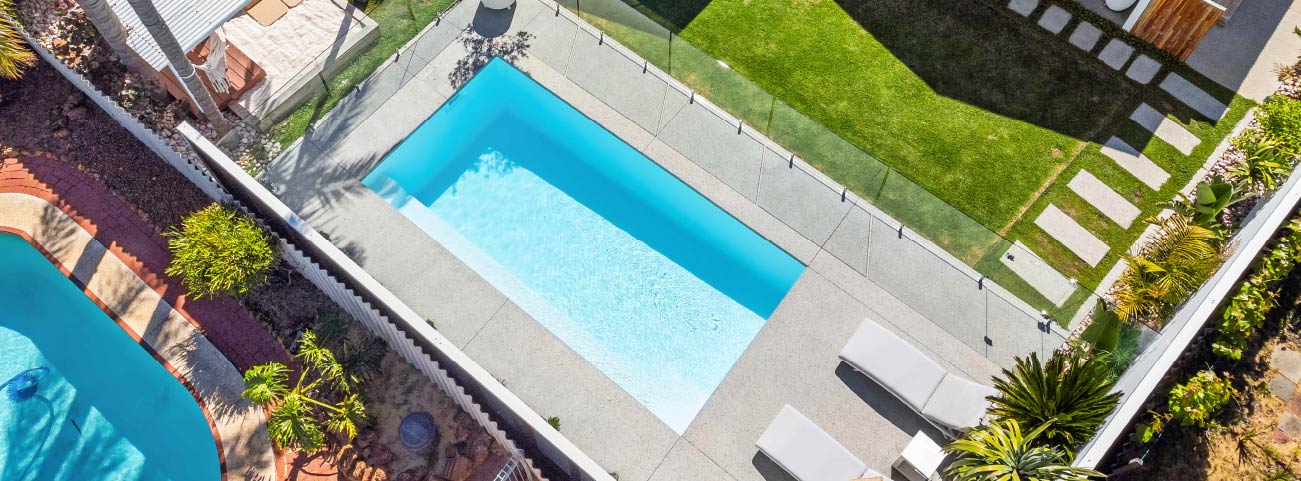
Eco-Friendly Pool Maintenance
Reducing Chemical Use in Pool Maintenance
Reducing the use of chemicals in pool maintenance is vital for creating an eco-friendly pool environment. Opt for natural alternatives like baking soda for balancing pH levels and borax for algae control. Additionally, keeping your pool clean with regular skimming and vacuuming reduces the need for harsh chemicals. Investing in a pool cover can also minimise the amount of debris entering the pool, reducing the chemical load required to keep the water clean.
The Role of Natural Pool Cleaning Systems
Natural pool cleaning systems, such as biofilters and plant-based filtration, offer an eco-friendly alternative to traditional chemical treatments. Biofilters use beneficial bacteria to break down contaminants, while plants absorb excess nutrients, keeping the water clean. These systems not only reduce chemical use but also create a beautiful, natural aesthetic for your pool area.
Tips for Conserving Water in Pool Maintenance
Water conservation is a key aspect of eco-friendly pool maintenance. Regularly check for leaks and repair them promptly to prevent water wastage. Using a pool cover reduces evaporation, conserving water and maintaining temperature. Another effective strategy is to install a water-saving pool filter, which uses less water during the backwashing process. Additionally, consider using a robotic pool cleaner that requires less water than traditional cleaning methods.
Conclusion
Creating an eco-friendly pool environment is a rewarding endeavour that benefits both you and the planet. By incorporating sustainable design practices, utilising solar heating, harvesting rainwater, and adopting eco-friendly maintenance strategies, you can significantly reduce your pool’s environmental impact.
At the same time, these practices offer substantial cost savings, making them a smart investment for any pool owner. Remember, every small step counts towards a more sustainable future. If you’re ready to take the plunge, consider consulting with experts who can guide you through the process of creating an eco-friendly pool environment tailored to your needs. With the right approach, your pool can become a model of sustainability and a source of pride for years to come.
Creating An Eco-Friendly Pool Environment: From Solar Heating To Rainwater Collection
In a world increasingly aware of environmental issues, every small step towards sustainability counts. From recycling household waste to using energy-efficient appliances, eco-friendly practices have become part of our daily routine. But have you considered how these principles can be applied to your pool maintenance? Creating an eco-friendly pool environment is not only beneficial for the planet but also offers significant cost savings. In this blog post, we will explore various strategies, including solar heating and rainwater collection, to help you transform your pool into an eco-friendly oasis.
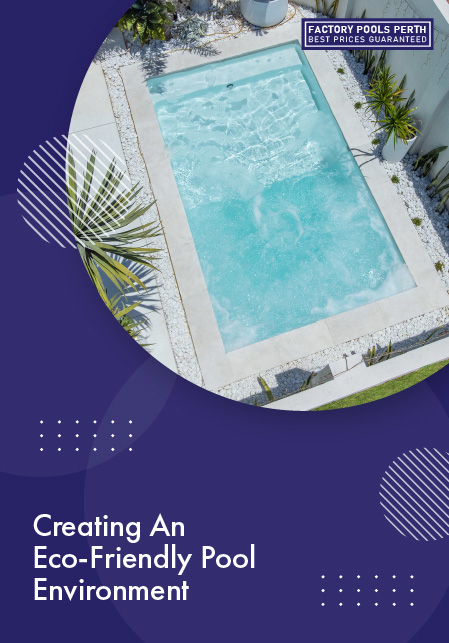
Eco-Friendly Pool Design
Minimise Energy Consumption and Chemical Use
Designing a pool that is both energy-efficient and environmentally friendly starts with careful planning. Opt for a smaller pool size to reduce the amount of water and energy needed to maintain it. Incorporate natural shading, such as trees or pergolas, to reduce the need for artificial cooling. Using a pool cover can greatly minimise evaporation and retain heat, reducing the need for additional heating. Additionally, consider using a pool pump with variable speed settings to optimise energy consumption.
Sustainable Materials in Pool Construction
Choosing sustainable materials for pool construction is another crucial step. Opt for recycled or eco-friendly materials such as glass tiles, which are not only durable but also add aesthetic value. Natural stone and sustainably sourced wood are excellent choices for decking and surrounding areas. Another innovative option is using concrete alternatives like hempcrete or recycled plastic composites. These materials offer durability and are less harmful to the environment compared to traditional concrete.
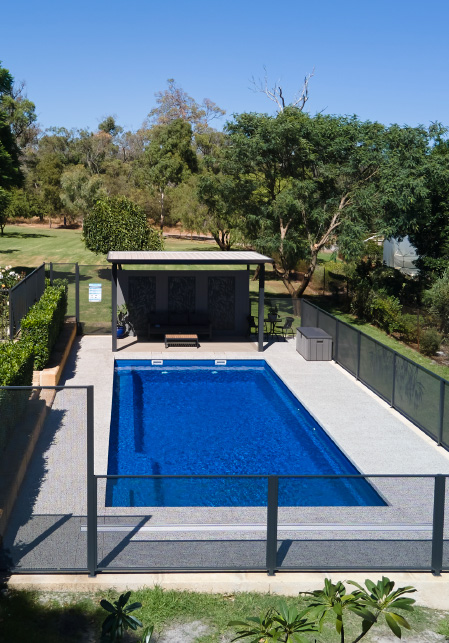
Solar Heating for Pools
How Solar Heating Works and Its Benefits
Solar heating systems use solar panels to collect and convert sunlight into heat, which is then transferred to the pool water. This method is highly efficient and can significantly reduce energy bills. Solar heating is also environmentally friendly, as it relies on renewable energy sources. One of the most significant benefits of solar heating is its cost-effectiveness. While the initial investment may be higher compared to traditional heating systems, the long-term savings on energy bills make it a worthwhile investment.
Steps to Install Solar Panels for Pool Heating
Installing solar panels for pool heating involves several steps. First, determine the optimal location for the panels, usually on a roof that receives maximum sunlight. Next, consult with a professional installer to ensure proper setup and connection to your pool’s existing heating system. The panels then need to be connected to a pump that circulates pool water through the solar collectors, where it is heated before returning to the pool. Regular maintenance is essential to ensure the system operates efficiently.
Rainwater Collection and Pool Filling
The Concept of Rainwater Harvesting for Pool Use
Rainwater harvesting involves collecting and storing rainwater for various uses, including filling your pool. This method not only conserves water but also reduces reliance on municipal water supplies, which can be costly and sometimes scarce. Collecting rainwater for pool use is a sustainable practice that contributes to water conservation efforts, especially in regions prone to drought.
How to Set Up a Rainwater Collection System
Setting up a rainwater collection system is relatively straightforward. Start by installing gutters and downspouts to direct rainwater from your roof into a storage tank. Ensure the storage tank has a filtration system to remove debris and contaminants. Connect the tank to your pool’s water supply system, allowing you to fill the pool with rainwater as needed. Regular maintenance of the gutters, filters, and storage tank is essential to ensure water quality.
Environmental and Financial Benefits of Using Rainwater
Using rainwater to fill your pool offers numerous environmental and financial benefits. It reduces the demand on local water supplies, conserving this precious resource. Financially, it lowers your water bills, especially during peak summer months when pool usage is high. Additionally, rainwater is often softer than tap water, which can reduce the need for water softening chemicals in pool maintenance.
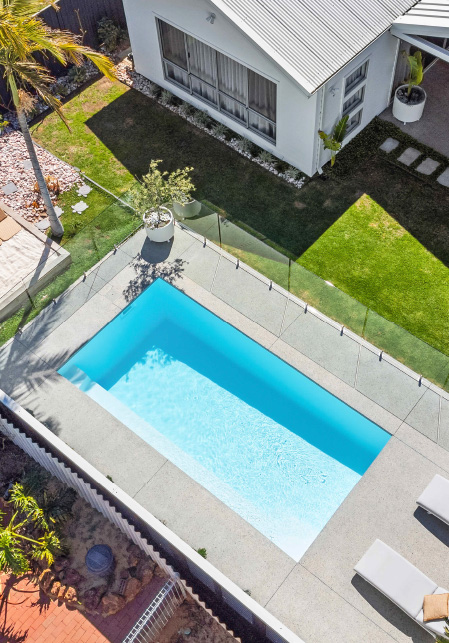
Eco-Friendly Pool Maintenance
Reducing Chemical Use in Pool Maintenance
Reducing the use of chemicals in pool maintenance is vital for creating an eco-friendly pool environment. Opt for natural alternatives like baking soda for balancing pH levels and borax for algae control. Additionally, keeping your pool clean with regular skimming and vacuuming reduces the need for harsh chemicals. Investing in a pool cover can also minimise the amount of debris entering the pool, reducing the chemical load required to keep the water clean.
The Role of Natural Pool Cleaning Systems
Natural pool cleaning systems, such as biofilters and plant-based filtration, offer an eco-friendly alternative to traditional chemical treatments. Biofilters use beneficial bacteria to break down contaminants, while plants absorb excess nutrients, keeping the water clean. These systems not only reduce chemical use but also create a beautiful, natural aesthetic for your pool area.
Tips for Conserving Water in Pool Maintenance
Water conservation is a key aspect of eco-friendly pool maintenance. Regularly check for leaks and repair them promptly to prevent water wastage. Using a pool cover reduces evaporation, conserving water and maintaining temperature. Another effective strategy is to install a water-saving pool filter, which uses less water during the backwashing process. Additionally, consider using a robotic pool cleaner that requires less water than traditional cleaning methods.
Conclusion
Creating an eco-friendly pool environment is a rewarding endeavour that benefits both you and the planet. By incorporating sustainable design practices, utilising solar heating, harvesting rainwater, and adopting eco-friendly maintenance strategies, you can significantly reduce your pool’s environmental impact.
At the same time, these practices offer substantial cost savings, making them a smart investment for any pool owner. Remember, every small step counts towards a more sustainable future. If you’re ready to take the plunge, consider consulting with experts who can guide you through the process of creating an eco-friendly pool environment tailored to your needs. With the right approach, your pool can become a model of sustainability and a source of pride for years to come.



